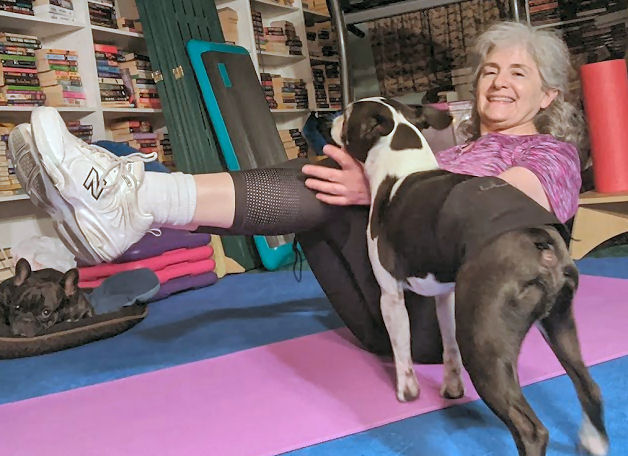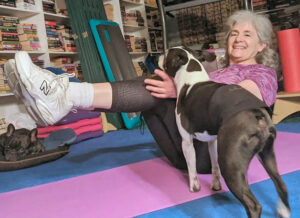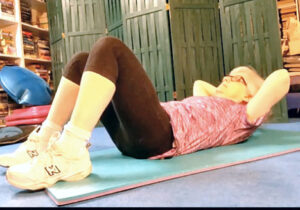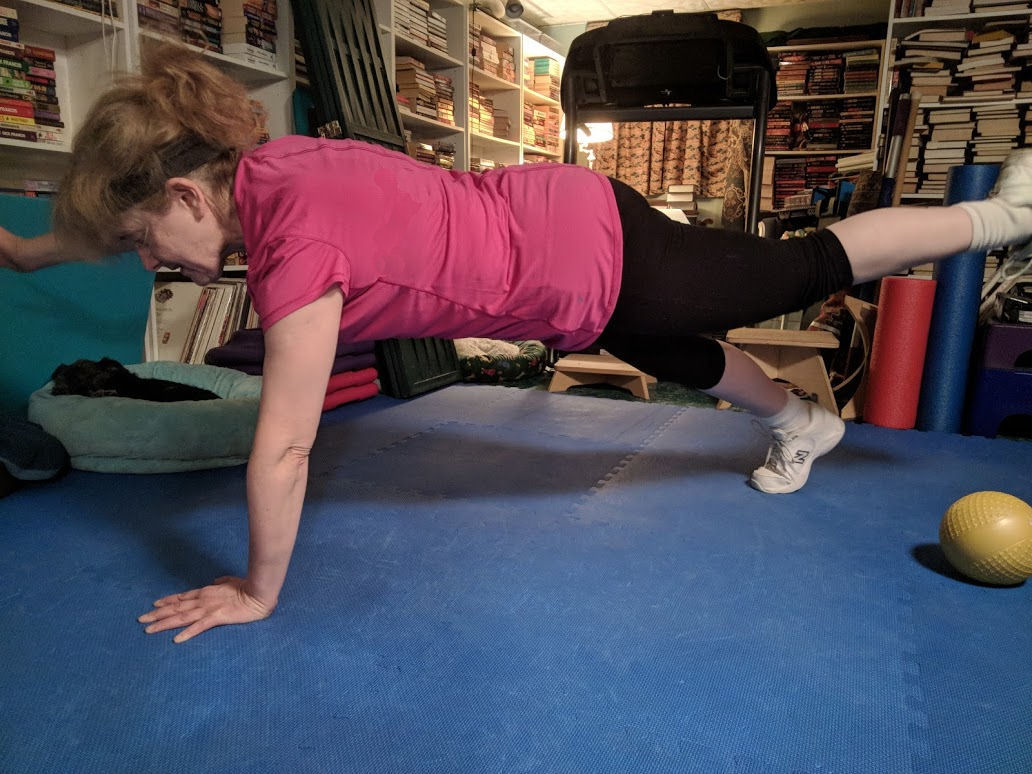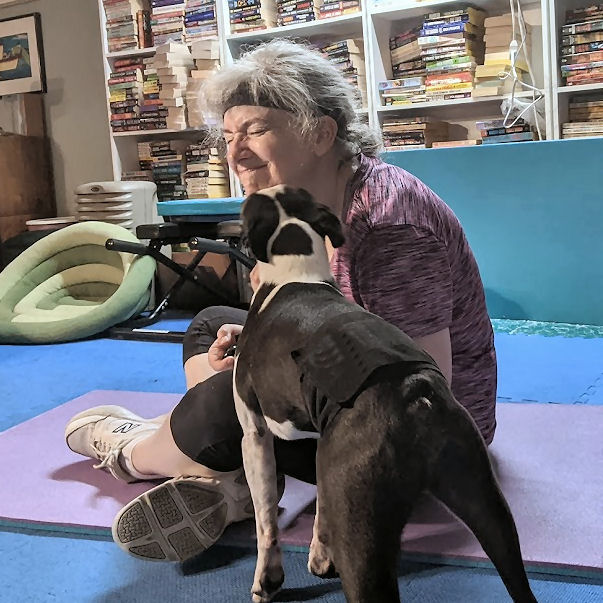I tried pushing it, and then I had doubts
So, you know that my goal this year is to be able to run at 7.8 miles per hour for three minutes straight at 2.5 percent incline on the treadmill. I’ve been doing almost that speed but just for one minute alternating with walking at 4 mph for another minute. And the speed? Just one or two intervals at 7.5 during my workout time. The other day I decided to do 2 minutes straight at speed and incline. I could do it, right? After all, I’ve been doing this for some time. And I’ve been increasing speed and incline regularly. No problem, right? And then I started having doubts. Just one minute is hard. How much harder is 2? Could I do it? Was I crazy? But then I told myself that I could always back off the speed if I needed to. I can go as fast as I can go. But I can do it. This was a test of whether affirmations work for self-doubt.
The perfect pair
Affirmations and self-doubt are a match made in psychological heaven, as it turns out. The knowledge that I could back off the speed whenever I wanted helped me think that it was actually possible to maintain it. The fact that I was at an exciting part of the book I was listening to helped!
How affirmations work
Angele Close, PhD, a licensed clinical psychologist, says that affirmations work by “shifting our mental attention towards our intentions.” And that “has the potential to help us steer away from negative thinking patterns and create a positive change in mood, mindset, and energy.” It’s natural to doubt ourselves. On that run, I was thinking that I couldn’t possibly maintain the speed for the duration. An affirmation turned it around and gave me the boost that I needed to try.
That positive change in my mindset gave me energy. I could keep on running, even though I was tired and sweaty. And that’s what we all need to keep us going, That boost of positive mental energy. It increases our resilience and our optimism, and makes for a great workout, too.
When should you use affirmations
Dr. Close says that affirmations are best used to evoke experiences. So, for me, I thought of how it feels for me to run. It’s not comfortable, and it’s not easy. So I thought about pushing that speed and maintaining it, feeling what I feel, and knowing that I would make it through. And I did. That affirmation helped me keep going. I didn’t quit, and I know that’s good for my own healthy aging..
Dr. Close also advises us beginners not to go crazy with too many affirmations. Our brain will be overwhelmed and the affirmations, positive though they may be, won’t do us any good. Keep it simple. If you’re troubled, though, try one. I speak from experience – affirmations work for self-doubt.





